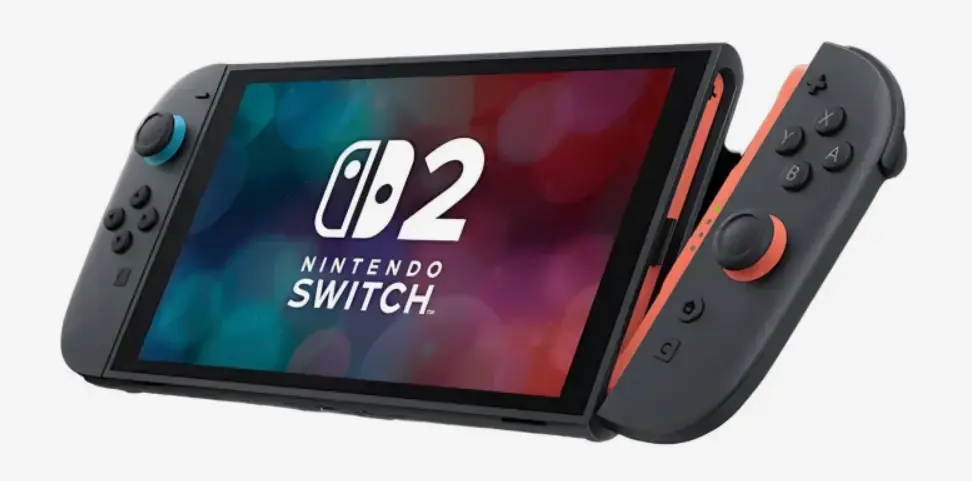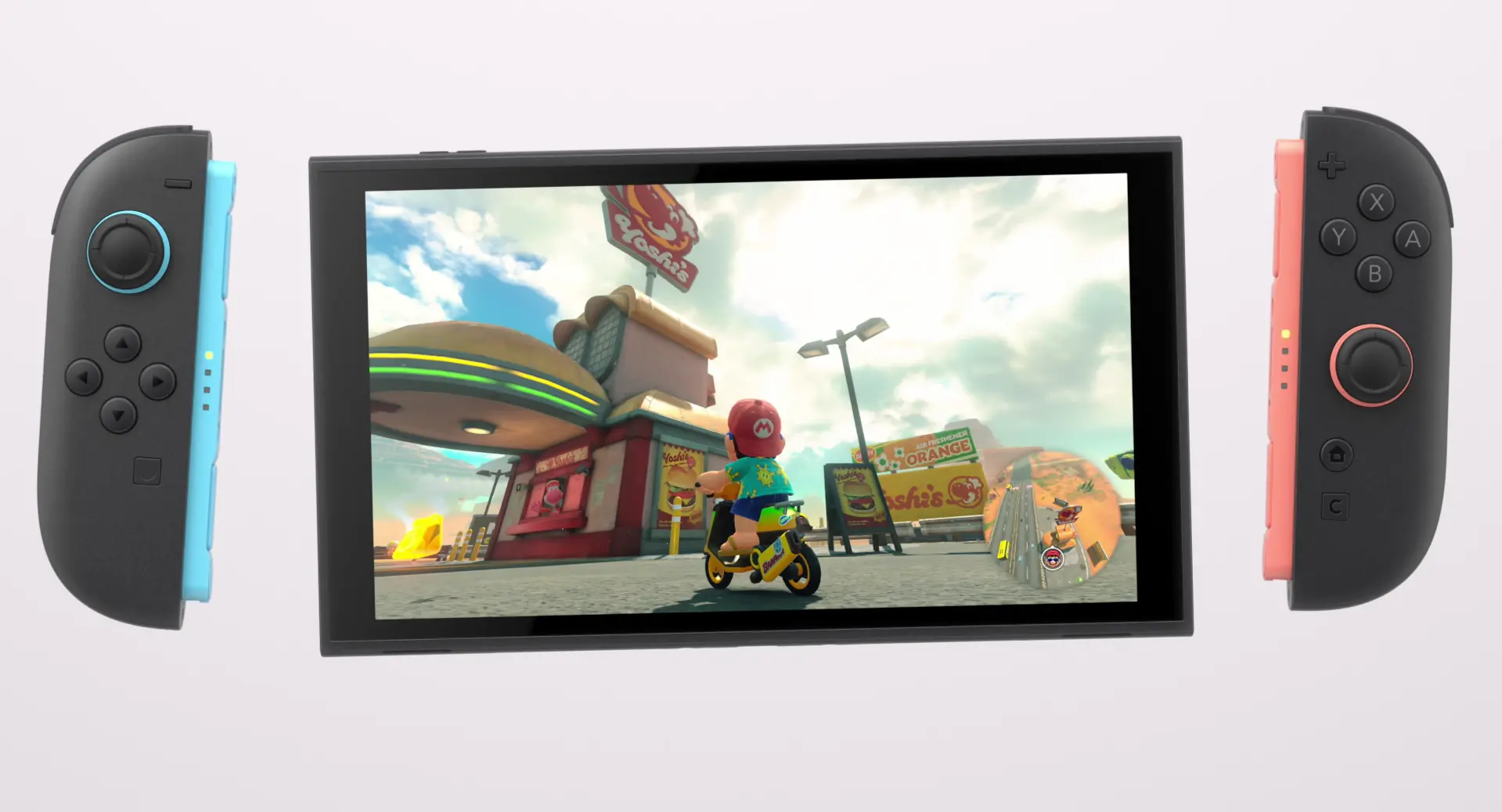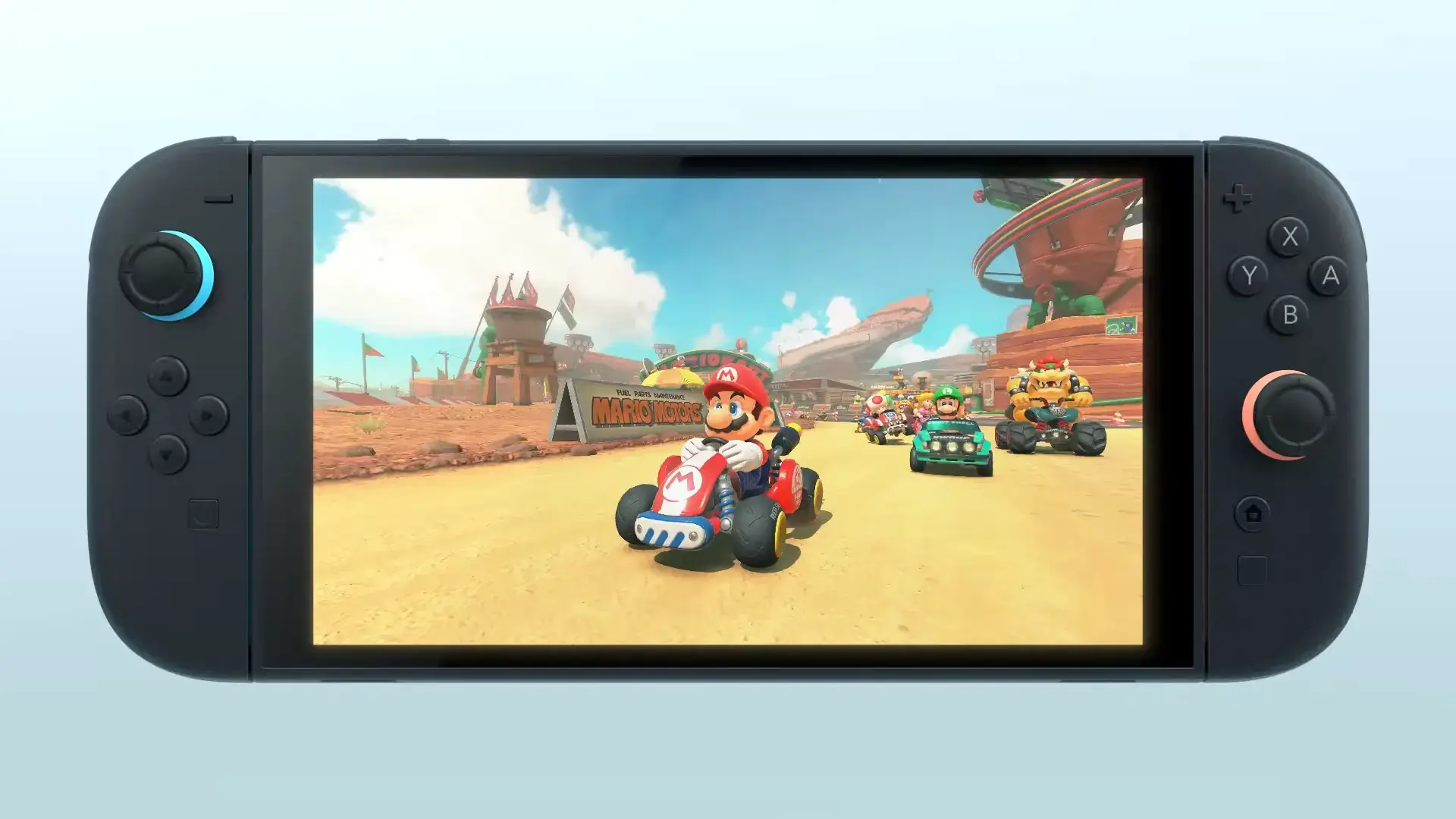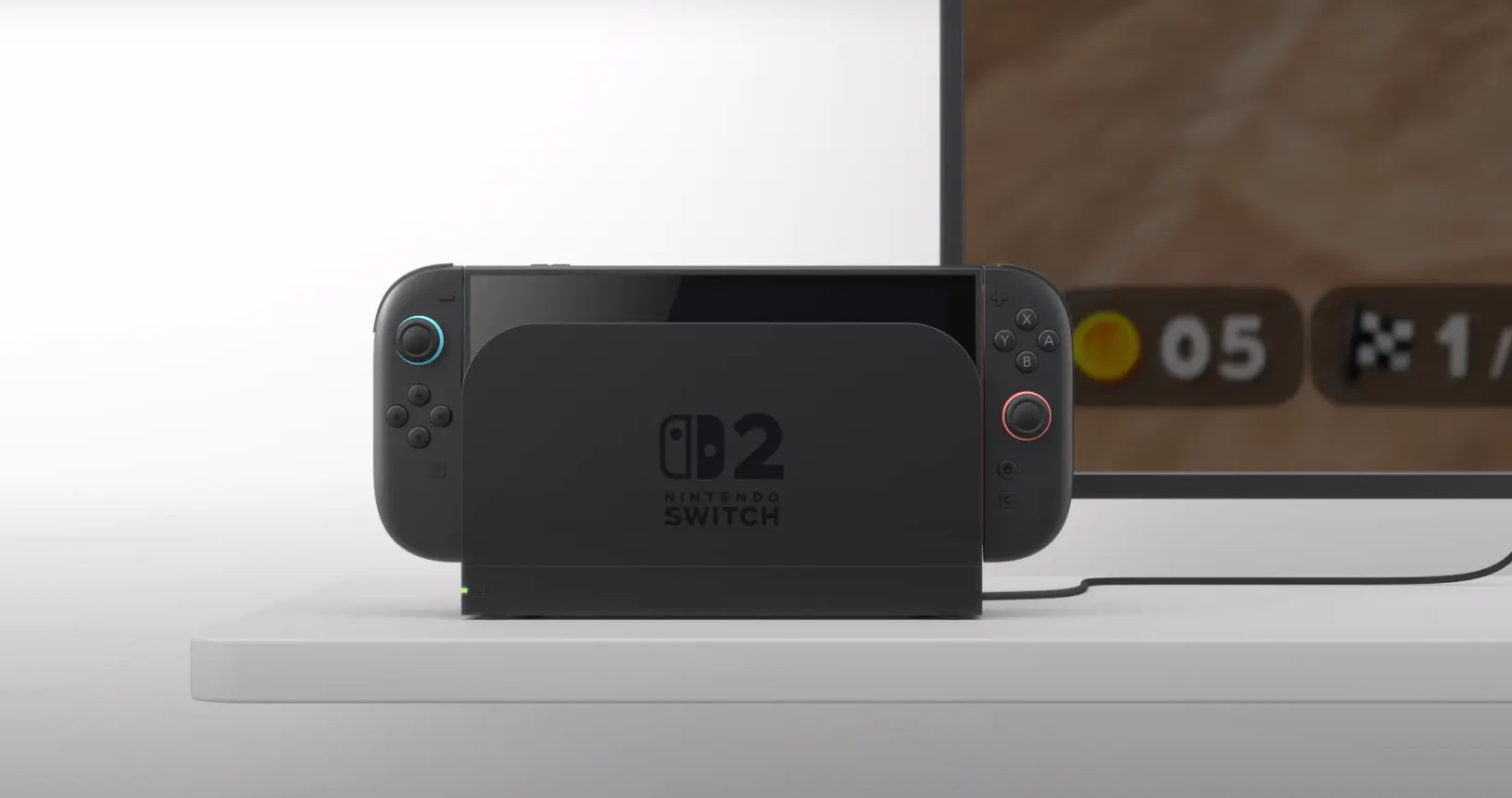crypto
hardcoreStake – official betting partner of Vitality

crypto
hardcoreStake – official betting partner of Vitality
Team up with
the champions! Stake – official betting partner of Vitality
Article
11:36, 06.06.2025
2

Given my experience with the Nintendo Switch and the Nintendo 3DS, I approached the Nintendo Switch 2 with mixed feelings. Both consoles are the best examples of handheld gaming innovation and creativity. But after seven years of incremental updates, will the next-gen hybrid console be an evolution or another step sideways? My time with the Switch 2 has shown me that my concerns were unfounded, the console, with all its quirks, is truly a next-step hybrid system.

Let us begin with what catches your eye - the display. Having a new 7.9-inch 1080p LCD display which runs at 120Hz is an improvement over the original which had a 6.2 inch 720p 60Hz panel. Although it doesn't have the color vibrancy of the Switch OLED, the sharper resolution, higher frame rates, and refresh rates make everything from the character menus to Mario Kart World far smoother and more defined. Having come from the base model Switch, the difference is instantly noticeable. This isn’t a minor spec bump, it’s a visual overhaul.

Nintendo clearly heard the feedback. The Joy-Con 2 controllers are larger, more ergonomic, and far more comfortable for adult hands. The analog sticks have better travel and responsiveness, though we’ll see in time whether stick drift is still an issue, Hall Effect sensors are notably absent.
The new L2 and R2 buttons are also worth highlighting. They now feel more like tactile mouse clicks, adding a level of precision that wasn’t possible on the original Joy-Cons. This change makes a noticeable difference in strategy games, Civilization VII feels especially good to play handheld with Joy-Cons used like a mouse. You can even use the Joy-Cons as an actual mouse pointer, which is a surprisingly intuitive experience for navigating menus and issuing commands.
The real surprise here is the new magnetic attachment system. Gone is the old sliding rail. Now, Joy-Cons snap into place with a magnetic click, and they stay put. There’s even a release lever to prevent accidental detachments. It’s one of those quality-of-life improvements that makes you wonder why it wasn’t there from the start.


One of the more controversial additions is the virtual game card system. Instead of instantly accessing your digital library across consoles, you now have to load games onto your device, one at a time. Once loaded, a game can’t be played on another system unless you go through the process again.
For single users, it’s a minor annoyance. But for families or people with multiple Switch units, it feels unnecessarily restrictive. There is a loan system for sharing digital games temporarily, and a new “GameShare” feature for some titles, but overall, it adds friction to what used to be seamless.

The Switch 2 ships with 256GB of internal storage, which initially sounds generous. But that number gets eaten up fast. Some third-party titles are downright bloated: Hitman: World of Assassination takes up nearly 60GB, and Yakuza 0: Director’s Cut somehow balloons to 45GB, even larger than its PS4 version. To make things trickier, external storage now requires microSD Express cards. Yes, they’re lightning fast, but they’re also pricey and currently hard to find. This change makes sense for performance but adds another cost hurdle for serious gamers.

The updated Switch 2 dock deserves some love. It’s sleeker, runs cooler thanks to a built-in fan, and finally has an ethernet port for stable online play. It also supports 4K output, which is great for those with newer TVs, even if few games fully take advantage of it yet. For multiplayer fans and streamers, this is a big win.

So, is the Nintendo Switch 2 a game-changer, or just hype? It’s not revolutionary in the way the original Switch was, but it doesn’t need to be. It’s a refined, mature evolution of an already excellent concept. From the upgraded display and Joy-Cons to the better dock and next-gen potential, the Switch 2 finally feels like a console built with 2025 in mind. Yes, Nintendo still has its quirks: restrictive game licensing, limited storage flexibility, and confusing digital policies. But the gameplay experience, which has always been at the heart of Nintendo’s identity, is vastly improved. The Switch 2 is smarter, smoother, and better where it counts. It’s not perfect, but it’s a fantastic evolution of the hybrid formula. As someone who’s been along for the ride since the clamshell 3DS and the original Switch’s click, I can confidently say: this one’s worth the upgrade.
Comments1